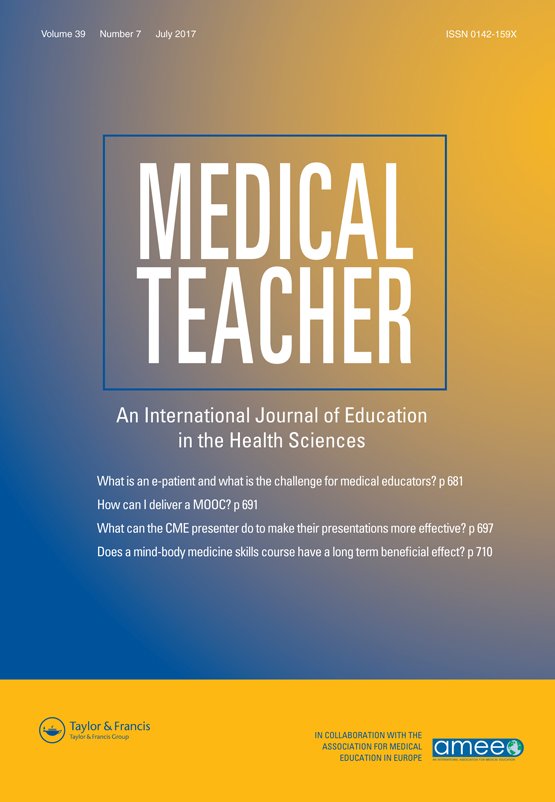
The American Hypnotherapy Association a member organization provides standards for all hypnotherapists. The organization also offers certification, education, and examinations. A written and demonstration exam is required in order to become certified hypnotherapist. You must pass the exam and sign the AHA-created Code of Ethics. There are many reasons why you should join AHA.
This organization has members in more than 40 countries. A.C.H.E. professionals are certified. 's approved schools earn certification, which qualifies them to become a certified hypnotherapist. A.C.H.E. members are also licensed counselors, psychologists, nurses, and medical doctors. This ensures you get the best training. You will also be able to take advantage of the most recent advances in your field.

A.C.H.E. members have access to professional liability insurance that many insurance companies require. AHA-approved insurance providers will offer professional liability insurance to give you confidence and reduce your risk. If you're a graduate from HMI's Nationally Accredited College of Hypnotherapy, you can join the organization free of charge. You will also receive a 1-page biography in AHA directory.
Steve Eichel is not only a certified hypnotherapist but is also a distinguished professor at University of New Mexico Health Sciences Center. He is also a principal investigator in several research studies. He has a national reputation as an expert in emergency asthma care. He also served as UNM Hospital's pediatric emergency medicine chief. He is currently a Practical Skills Coach and Associate Instructor at Academy of Hypnotherapy. He integrates hypnosis with emergency care of children, and also conducts C.M.E. in-services.
The field has many hypnotherapists. They are not licensed, but it is an increasingly popular profession. According to the American Council of Employment Statistics an average hypnotherapist makes $53,000 per year. Although the A.H.E. does not regulate the field, they do have regulations. To become certified, hypnotherapists must complete 200 hours training. A certified hypnotherapist can make up to $500,000 per year.

The American Hypnotherapy Association is accredited to offer two programs. The Master level provides advanced techniques in fibromyalgia management, habit control, and pain relief. It also reviews plans for establishing a professional practice. Each program requires two 55-hour courses. Depending on the location of your hypnotherapy clinic, you can enroll in a weekend or evening course that fits your schedule. It is not mandatory to join the American hypnotherapy organization. However, this will help you get started in a successful career.
To become a member of the American Hypnotherapy Association, you must first complete an application for membership. If you have completed a hypnotherapy course, you can be certified in this field. The APsyA professional organization is committed to ensuring the highest quality in hypnotherapists. Its mission is to protect patients, practitioners, clients, and staff.
FAQ
How can I live the best life possible every day?
Find out what makes YOU happy. This is the first step in living a life that you love. You can then work backwards once you know what makes YOU happy. You can also inquire about the lives of others.
You can also read books by Wayne Dyer, such as "How to Live Your Best Life". He talks about how to find happiness and fulfillment at all stages of our lives.
What are the 7 best tips to lead a healthy, happy life?
-
You should eat right
-
Exercise regularly
-
Sleep well
-
Get plenty of water.
-
Get enough rest
-
Be happy
-
Smile often
What is the difference in calorie and kilocalories?
Calories can be used to measure how much energy is in food. A calorie is a unit of measure. One calorie is equal to one degree Celsius in energy.
Kilocalories are another way to describe calories. Kilocalories equal one thousandth of a calorie. 1000 calories, for example, equals one kilocalorie.
How does an anti-biotic work?
Antibiotics are drugs which destroy harmful bacteria. Antibiotics are used to treat bacterial infections. There are many different types of antibiotics. Some can be taken orally, others are injected and some are applied topically.
People who have been exposed are often given antibiotics. One example is if someone has had chickenpox and wants to prevent shingles. For those with strep-thorphritis, an injection of penicillin could be administered to prevent them from getting pneumonia.
Children should not be given antibiotics without the consent of a doctor. Children are at greater risk than adults for developing serious side effects from taking antibiotics.
Diarrhea is the most common side effect from antibiotics. Side effects of antibiotics include diarrhea, stomach cramps and nausea. These symptoms generally disappear once the treatment has finished.
How often should I exercise?
Exercise is essential for maintaining a healthy lifestyle. You don't have to exercise for a certain amount of time. Find something you like and stay with it.
If you work out three times a week, then aim to complete 20-30 minutes of moderate intensity physical activity. Moderate intensity means you'll still be breathing hard after you've finished. This type of workout burns around 300 calories.
If you prefer to walk, go for 10 minute walks four days a week. Walking is low-impact and easy on the joints.
You can also run for 15 minutes, three times per week. Running is an excellent way to lose weight and tone your muscles.
You should start slowly if it's your first time exercising. Start by doing 5 minutes of cardio each day, a few times per week. Gradually increase the duration until you reach your goal.
How can I get enough vitamins
Most of your daily vitamin requirements can be met by diet alone. Supplements can be helpful if you are lacking in any one vitamin. Multivitamin supplements can be taken that contain all the vitamins you need. You can also purchase individual vitamins at your local drugstore.
Talk to your doctor to find out which foods are rich in vitamins. Some examples of rich sources of vitamins E and K include dark green leafy vegetables, such as spinach.
Ask your doctor if there is any doubt about how much vitamin you should be taking. Your medical history and current health will help you determine the best dosage.
How can I lower my blood pressure
Find out the causes of high blood pressure first. Next, you will need to determine what is causing high blood pressure. This could mean eating less salt, losing some weight, taking medication, and so on.
Make sure you're getting enough exercise. If you don’t have enough time to exercise regularly, consider walking more often.
You should join a gym if you are unhappy with your exercise routine. You will likely want to join an exercise group that shares your goals. It's easier for you to exercise if you know that someone will be watching you at the club.
Statistics
- WHO recommends consuming less than 5% of total energy intake for additional health benefits. (who.int)
- nutrients.[17]X Research sourceWhole grains to try include: 100% whole wheat pasta and bread, brown rice, whole grain oats, farro, millet, quinoa, and barley. (wikihow.com)
- This article received 11 testimonials and 86% of readers who voted found it helpful, earning it our reader-approved status. (wikihow.com)
- Extra virgin olive oil may benefit heart health, as people who consume it have a lower risk for dying from heart attacks and strokes according to some evidence (57Trusted Source (healthline.com)
External Links
How To
What does the "vitamins” word mean?
Vitamins are organic substances found naturally in food. Vitamins are necessary for us to absorb nutrients in the foods we consume. Vitamins are not made by the body, so they must be obtained through food.
Two types of vitamins exist: water-soluble vitamin and fat-soluble vitamin. Water-soluble vitamins dissolve readily in water. Some examples include vitamin C,B1 and B2 vitamins (thiamine), B2 and riboflavin, B3 and B6 vitamins (niacin), folic acids, biotin, pantothenic acids, and cholesterol. Fat soluble vitamins are stored in the liver and fatty tissue. Some examples include vitamin D and E, K, A and beta carotene.
Vitamins are classified according to their biological activity. There are eight major groups of vitamins:
-
A - Essential for healthy growth and health maintenance.
-
C is important for nerve function and energy production.
-
D – Essential for healthy teeth, bones and joints
-
E - Required for good vision & reproduction
-
K - essential for healthy muscles, nerves, and bones.
-
P – vital for building strong bones.
-
Q - Aids in digestion and absorption.
-
R is required for the production of red blood cells.
The recommended daily intake (RDA), of vitamins varies with age, gender and physical condition. The U.S. Food and Drug Administration sets RDA values.
For example, the RDA for vitamin A is 400 micrograms per dayfor adults 19 years or older. For fetal development, pregnant women need 600 mg per day. Children ages 1-8 require 900 micrograms per day. Infants under one year of age require 700 micrograms per day, but this amount decreases to 500 micrograms per day between 9 months and 12 months of age.
Children aged 1-18 years need 800 micrograms daily, while children overweight require 1000 micrograms per days. Children who are severely obese or underweight will need 1200 micrograms each day.
Children aged 4-8 years old who have been diagnosed as having anemia require 2200 micrograms of vitamin C per day.
2000 micrograms per person is necessary for general health. Breastfeeding or pregnant women require 3000 micrograms per daily due to higher nutrient demands.
Adults over 70 need 1500 micrograms daily, as they lose 10% of their muscle every ten years.
Women who have been pregnant or are lactating require more than the RDA. Pregnant mothers need 4000 micrograms per daily during pregnancy and 2500 after giving birth. Breastfeeding mothers require 5000 micrograms daily when breast milk production is occurring.